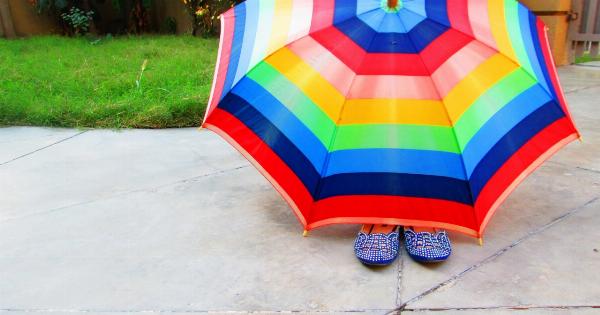Having a beautiful, even skin tone is something that many people desire. While some may turn to makeup to achieve this look, there are other options that can enhance your natural skin tone in a more subtle and long-lasting way.
Two popular options are self-tanner and sunbeds. While both of these methods can help you achieve a bronzed, sun-kissed appearance, they each come with their own benefits and drawbacks.
Self-Tanner
Self-tanner is a popular option among those who want to achieve a natural-looking tan without exposing themselves to harmful UV rays. Self-tanners come in a variety of options, including lotions, sprays, and mousses.
They typically work by using dihydroxyacetone (DHA), a colorless sugar that reacts with the amino acids in the skin’s surface to produce a brown color. This color can last from a few days up to a week or more, depending on the product used and how well it is maintained.
One of the benefits of using self-tanner is that it can be customized to fit your skin tone and desired level of darkness. Many products come in varying shades, allowing you to choose one that best matches your skin tone.
Additionally, self-tanner can be applied in the comfort of your own home, making it a convenient option for those who may not have access to a tanning salon or who prefer to avoid salons altogether.
However, there are also some precautions that should be taken when using self-tanner. It is important to exfoliate your skin before applying self-tanner to ensure that the product adheres evenly and does not leave streaks or blotches.
Additionally, it is important to allow the product to fully dry before dressing or engaging in any activities to prevent it from rubbing off on your clothes or other surfaces.
Sunbeds
Sunbeds, or tanning beds, are another popular option for those who want to achieve a bronzed look without spending time in the sun.
Sunbeds work by emitting UV radiation, which stimulates the production of melanin in the skin, resulting in a darker complexion. They are typically used in tanning salons or other facilities that offer tanning services.
One of the benefits of using sunbeds is that they can provide a relatively quick and even tan. Most tanning sessions are around 10-20 minutes and can be done in a controlled environment, allowing for gradual exposure and adjustment to UV radiation.
Additionally, some people enjoy the sunbed experience and find it a relaxing way to achieve a tan.
However, there are also a number of drawbacks to using sunbeds. One of the biggest concerns is the potential harm of repeated exposure to UV radiation.
According to the American Academy of Dermatology, the use of tanning beds increases the risk of melanoma, the deadliest form of skin cancer, by 75%. Over time, repeated exposure to UV radiation can also cause premature aging, such as wrinkles, fine lines, and age spots.
As with any form of sun exposure, it is important to take necessary precautions such as wearing protective eyewear and using a broad-spectrum sunscreen.
Conclusion
While both self-tanner and sunbeds can help you achieve a natural-looking tan, they each come with their own set of benefits and drawbacks.
Self-tanner is a convenient and customizable option that can be done from the comfort of your own home, but requires careful application and maintenance to avoid streaks or blotches. Sunbeds can provide a quick and even tan, but pose a higher risk of harm from UV radiation. Ultimately, the decision of which method to use will depend on personal preference and comfort level with the associated risks.
Regardless of the method chosen, it is important to always take necessary precautions to protect your skin from harm and maintain a healthy, even skin tone.


























